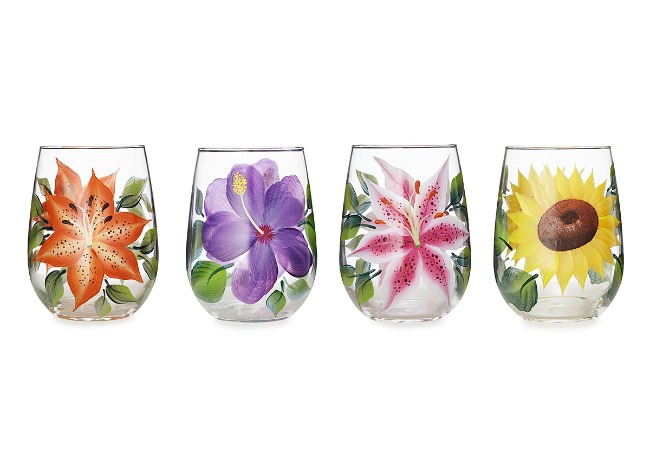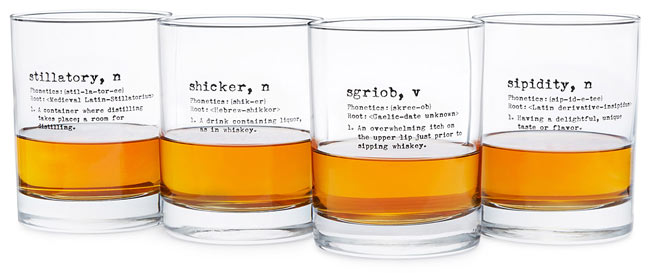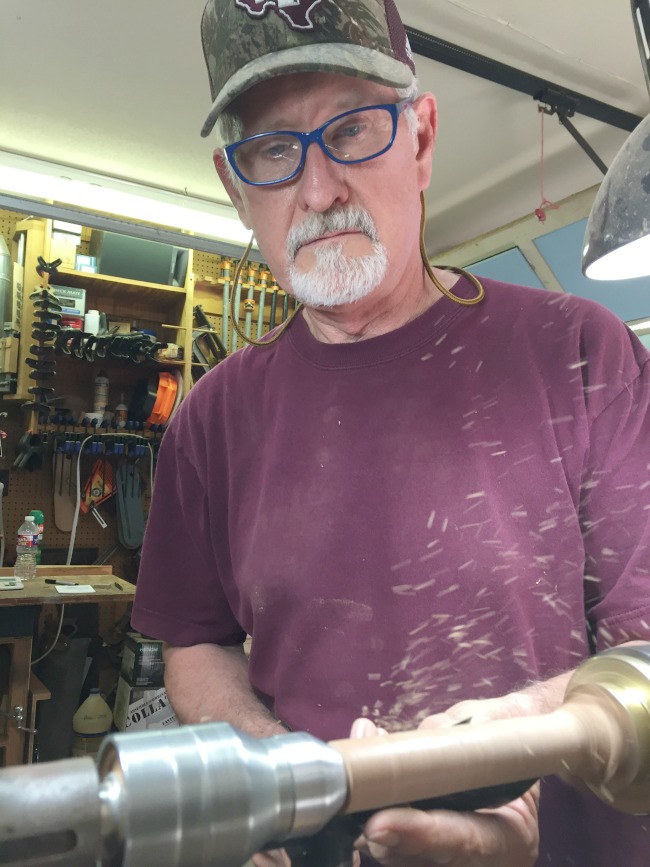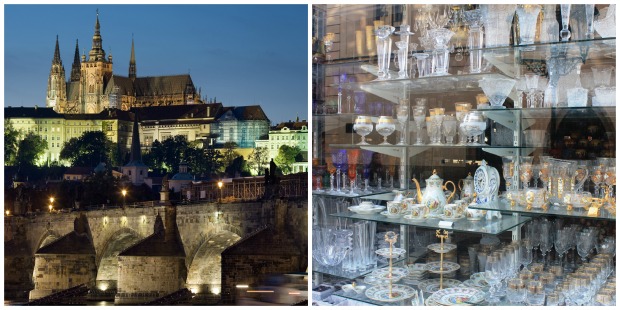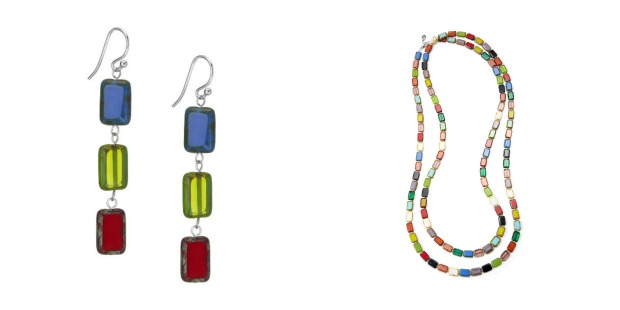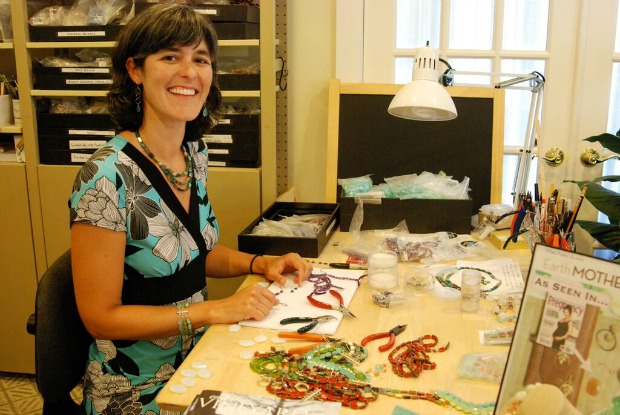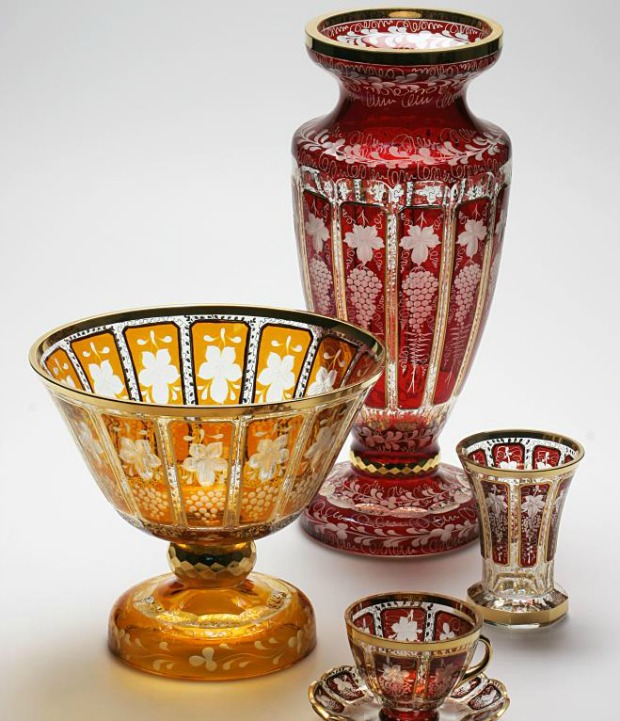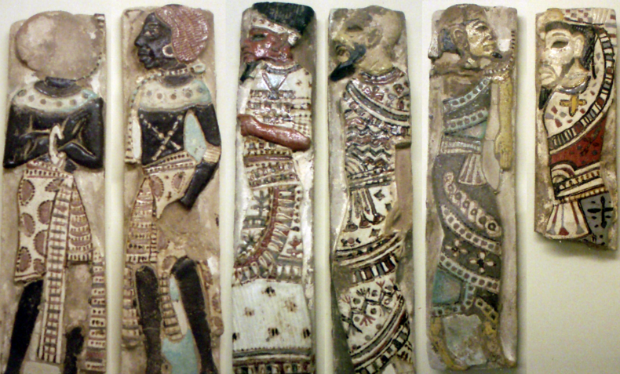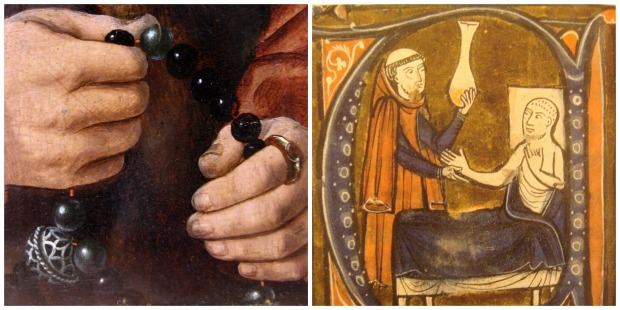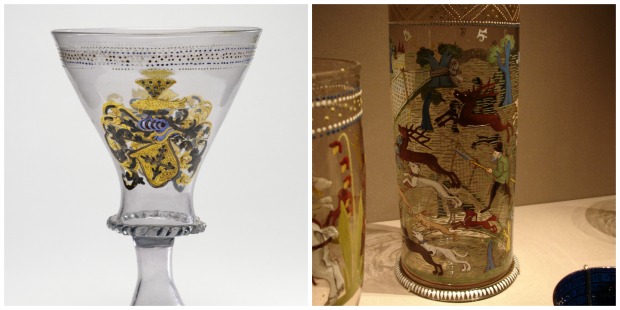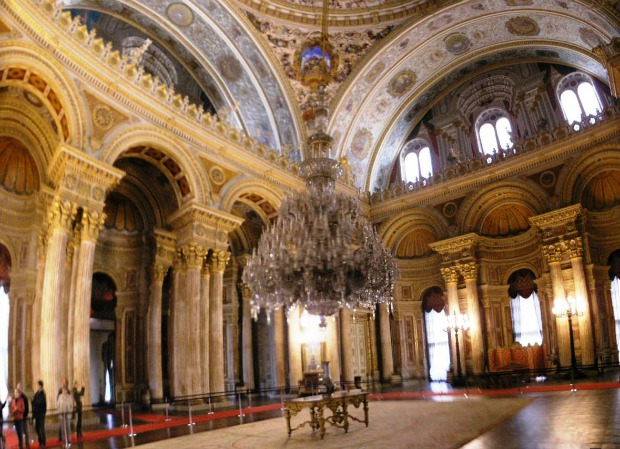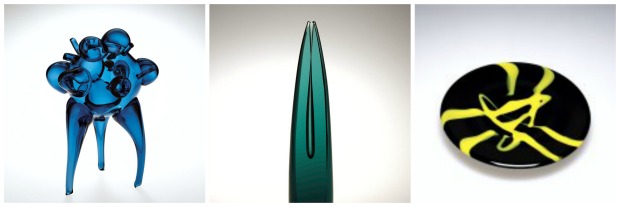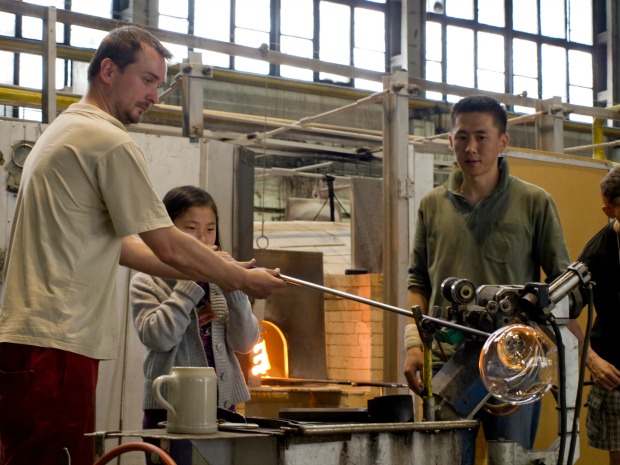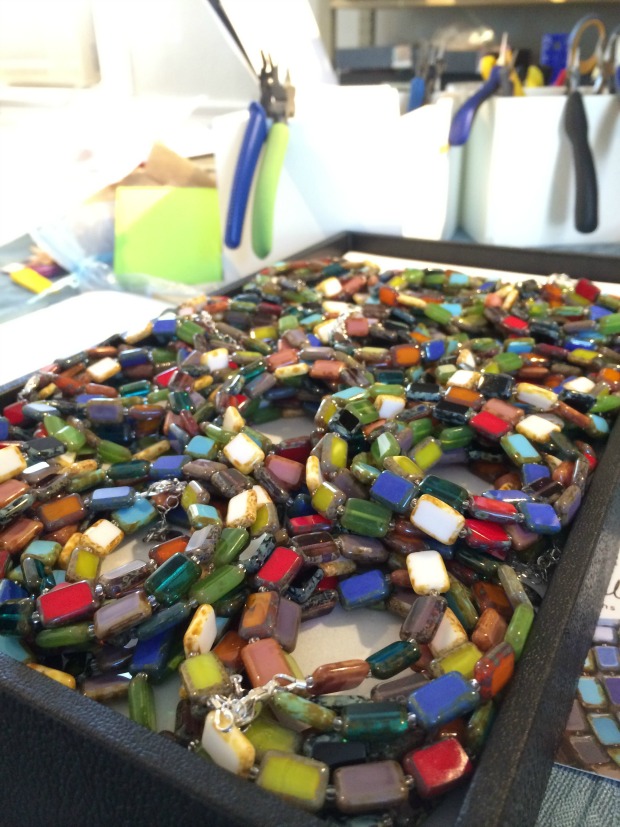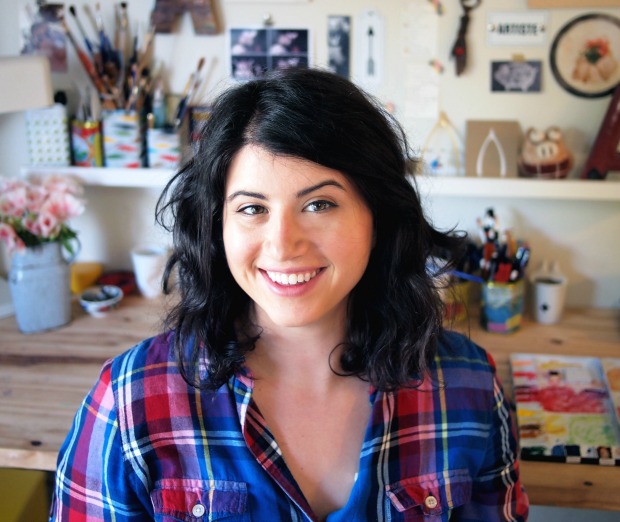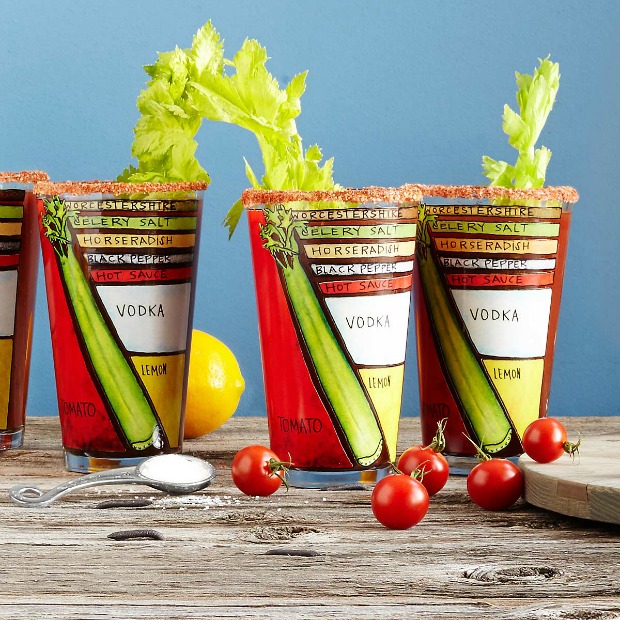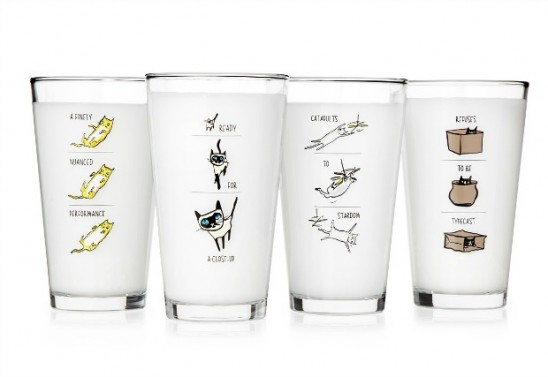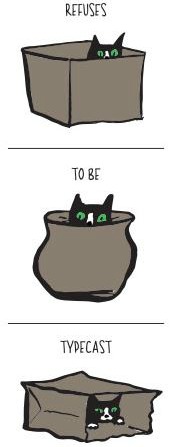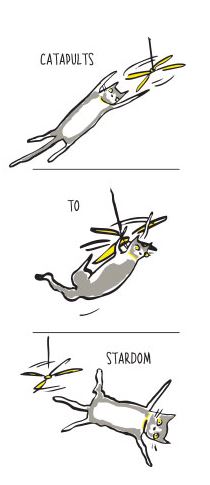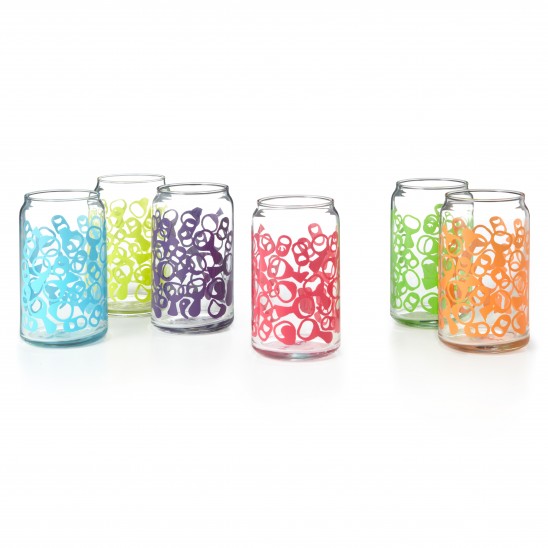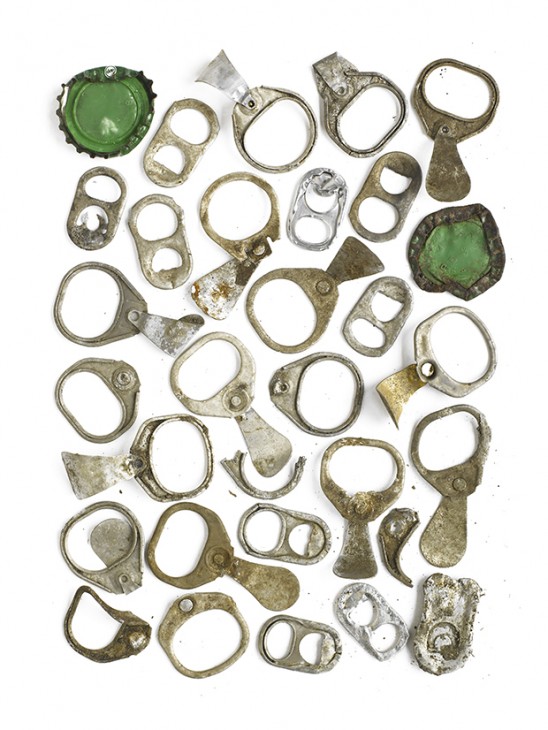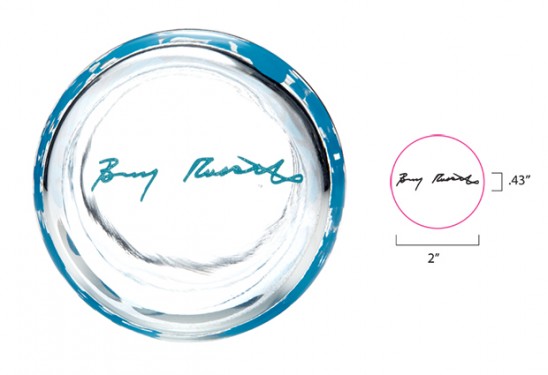Baseball season is officially here, and we can almost hear the fans across America singing “Take Me Out to the Ball Game.” Here at UncommonGoods, we’ve been working on a new baseball-themed product for a few months: Record-Breaking Baseball Glasses. We’re excited to launch this new product just in time for baseball lovers to use for their enjoyment of cold beers or sodas alongside those peanuts and Cracker Jacks. Since I dabbled in T-ball and a little slow pitch baseball myself growing up, I was happy to put my baseball knowledge to good use in developing the set.
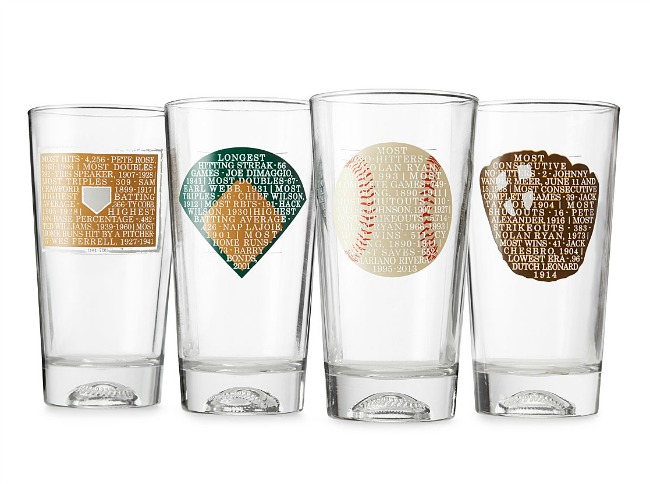
Record-Breaking Baseball Glasses – Set of 4, designed by UncommonGoods’ Product Development team
In true Product Development form, we often take projects down more than one path. I started the development process by exploring different design ideas (like baseball expressions and baseball pitches) and different aesthetics (for example, using newspaper baseball scores or trading cards as inspiration). Nothing seemed like a good fit.
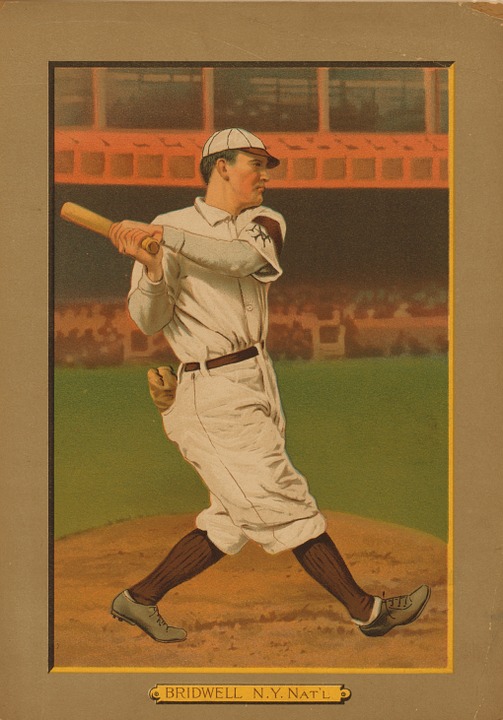
Vintage baseball card image via Pixabay
We took a step back and asked ourselves, “What do baseball fans like?” and the answer was pretty clear: stats. Baseball fans love statistics, even the most obscure. With that in mind, we took the development of these glasses down a new path that would feature stats.


